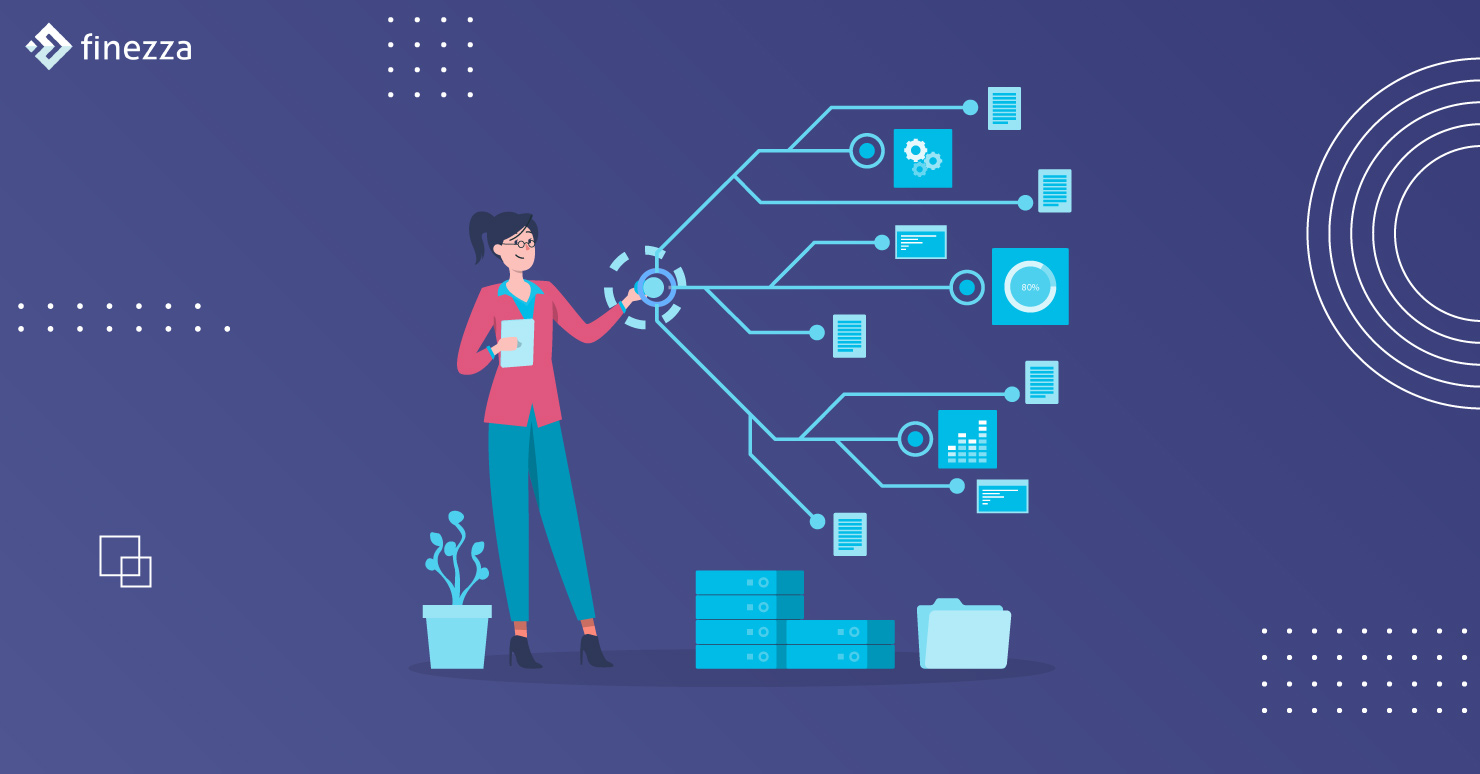Long before the advent of smart gadgets, voice assistants and wearables that have become commonplace today, we saw Hollywood movie characters using high-end cars equipped with sensors and voice assistants and superheroes receiving messages in their watch. Once a domain of fantasy, such devices are gaining momentum today, and a new class of tools is being introduced to make life easier.
Known as IoT or Internet of Things, these smart devices are fundamentally shifting the way we interact with our surroundings. They enable a seamless transfer of information streams between devices, networks, organisations, and users.
It is predicted that by the end of 2020, more than 50 billion devices or ‘things’ will be connected, with revenues from IoT forecasted to cross 3 trillion USD the same year. IoT is taking the industry by the storm, and the Fintech ecosystem is no exception. IoT is expected to see a $25 billion growth in the finance sector in the coming years, thus making this technology impossible to overlook.
The major areas that will witness a big disruption from IoT are customer experience, payments, security, internal operations, and infrastructure. Let’s dive deeper into this technology and comprehend its relevance to the fintech ecosystem.
How is IoT used in the Fintech Industry?
Prompt Customer Service
Fintech is utilising industrial IoT as well as Artificial Intelligence to serve customers. For instance, smartphones can function as signs by indicating account managers when a customer arrives at a branch. This will save time for either party and improve the customer experience on the whole.
Even if they don’t want to visit physically, IoT devices like voice assistants embedded into our mobile or smart home gadgets can enable customers to connect them with relevant financial services or even help to acquire new customers.
Therefore, fintech companies can leverage IoT to serve old customers and obtain new customers by giving precedence to building customer relationships at a personal level.
Making Wireless Settlements
Why remember your card details, PINs, or passwords, IoT devices are slowly replacing smartphones and credit/debit cards in making easier payments. Statista predicts that the number of connected wearable devices will undoubtedly get to over 1.1 billion by 2022 from 526 million in 2016. Thus, more people will be making use of these devices for everyday activities in the coming years.
The convenience and ease of making payments that IoT devices offer are incomparable and relatively safer than conventional payment options too. Considering the proliferation of biometrics in the field of customer identity management, IoT devices can incorporate biometrics authentication.
Data Analytics
Collecting user data, analysing user behaviour, and gathering key insights can be easily done through IoT devices. As these devices act as sensory endpoints that collect information about the world around them, the amount of data available can offer tremendous opportunities for fintech companies to explore granular insights on customer behaviour.
They can subsequently target the right segment of customers with a product or service that is tailored to their exact needs and preferences. Data analytics from IoT devices can help in customer acquisition for loan products and services with a greater degree of personalisation.
Operational Efficiency through Automation
The application of IoT devices makes it possible for fintechs to increase performance using process and procedure automation. Certain repetitive and mundane tasks can be automated through IoT devices and integrated with management information system centres to create a seamless workflow designing.
How to Implement IoT in Fintech
Here are some aspects of fintech financial and lending services that can benefit from the implementation of IoT devices:
Location-Based Analytics
The location information of customers is an important data point for fintechs to know the exact geographical information. GPS-enabled IoT devices can provide greater efficiency and ease of data collection to categorise loans based on several geographical zones and also ascertain the creditworthiness of an individual.
For instance, loan management systems can incorporate IoT devices to include important identification information such as biometric fingerprints or GPS-enabled IoT devices to track the location of the borrowers and depict bad loans according to location which can then serve as a data point for assessing the creditworthiness of the individual.
Branding Strategy and Improved Marketing
Fintechs can leverage location-based information and contextual data for sending out targeted product alerts to customers. The IoT enables comprehensive insights into what customers want and can help fintech companies to devise their marketing messages based on the incoming data.
Valuation of Collaterals
The valuation of a collateral property can be efficiently undertaken with an IoT-enabled valuation system. The property to be valued can be highlighted on the map that can have indices for calculation according to its location, land area, and other conditions. This will provide a real-time valuation of the property and can be linked to the loan management process for delivering credit based on property collateral.
Likewise, the gold value can be exactly assessed based on its carat value and weightage to using an IoT device and be integrated with the loan management software for calculating the valuation of the assets.
Automated Payment System
Mobile payment systems with biometric, voice, or facial recognition can make payments and transactions easier. IoT enabled payment systems can be connected to the centralised system and facilitate seamless transfer of information, making it a win-win for both customers and the company.
The Future of IoT in Fintech

As seen, IoT devices can impact a wide variety of vital aspects of fintech services and companies are slowly beginning to adopt this novel technology. With the evolving demands of customers, IoT solutions if used the right way has a bright prospect of disrupting the way business is done in the Fintech industry.
Today, everything is connected either wirelessly or being wired up, and in the world of connectivity, fintechs can leverage IoT devices into valuable information and subsequently increase their market share and provide better service to customers.
The banking and financial institution as a place has become less important because now anybody can manage their finances 24/7 from anywhere, anyplace, anytime, any device, any context, and through any network. The proliferation of IoT devices has made this possible, and it only makes sense for fintech companies to follow suit to the prevailing trends and implement IoT in their ecosystem.
Finezza’s lending management solution can seamlessly integrate with several IoT devices for a seamless transfer and collection of critical data through APIs and secure encrypted protocols. Know how you can capitalise on IoT to improve agility, simplify your processes, and deliver true value for the customer.




Leave a Reply